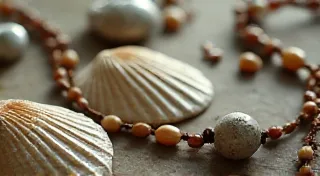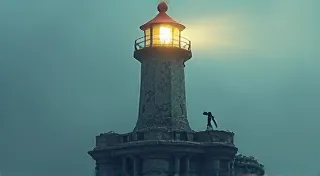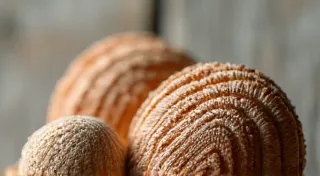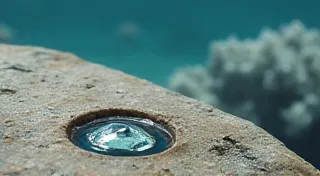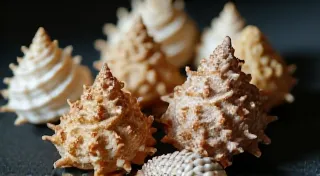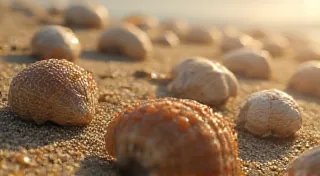Photographing Vintage Shells: Best Practices for Collectors
Vintage shell collecting is a rewarding hobby, connecting us to the beauty of the ocean and a tangible history of marine life. Just as crucial as proper identification and preservation is documenting your collection. High-quality photographs are invaluable for keeping records, insurance purposes, and, of course, sharing your treasures with fellow enthusiasts. This article provides practical photography tips specifically tailored for vintage shell collectors. For those new to the hobby, understanding the origins and locations where these shells were found can be fascinating; you can learn more about Beyond the Beach: Understanding Shell Origins and Geographic Distribution in Vintage Collections.
Why Photograph Your Vintage Shells?
Beyond aesthetics, photographing your shells offers several practical benefits:
- Record Keeping: A visual record is much easier to review than written notes, especially when dealing with a large collection.
- Identification Assistance: If you ever need help identifying a shell, a good photograph can be shared with online communities or experts.
- Insurance Documentation: In the unfortunate event of loss or damage, photographs serve as proof of ownership and value.
- Sharing Your Passion: Show off your collection on social media, forums, or your own website (like this one!).
Essential Photography Tips for Vintage Shells
You don't need expensive equipment to take good photos of your shells. With a little care and attention to detail, you can achieve impressive results using a smartphone or basic camera. Determining the correct identification of your finds is paramount to their appreciation. Discovering that a common shell is actually a Rare Finds: Spotting Valuable Antique Shells in Your Collection can be an exciting moment!
1. Lighting is Key
Harsh, direct sunlight can create unwanted shadows and glare. The best light is diffused and even. Here are some options:
- Natural Light (Diffused): Position your shells near a window on a cloudy day. Avoid direct sunlight.
- Indirect Sunlight: Find a spot where the sun is blocked by a shade or tree.
- Artificial Light (Softboxes/Diffusers): For more controlled lighting, consider using softboxes or diffusers with your camera.
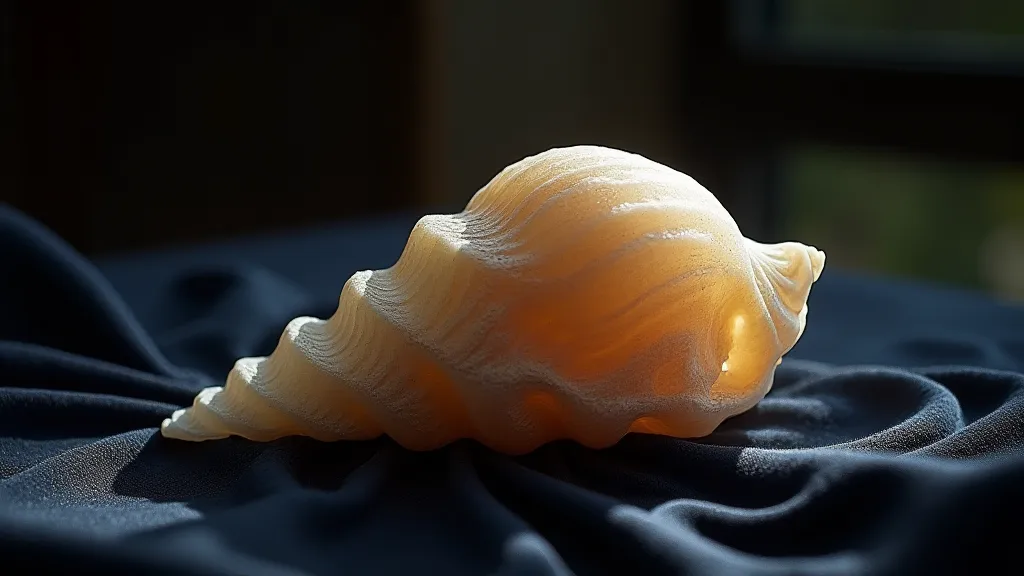
2. Background Matters
The background should complement the shells, not distract from them. Simple backgrounds work best. Consider the story your shell tells, and how the background can enhance that narrative. Knowing the origin of your shells adds another layer of depth to their appreciation. A carefully chosen backdrop can evoke the environment the shell once inhabited, adding context and meaning to the photograph.
- Solid Colors: Black, white, gray, or dark velvet are excellent choices.
- Natural Materials: Sand, wood, or a piece of burlap can add texture and interest.
- Avoid Clutter: Ensure the background is clean and free of distracting elements.
3. Composition and Angles
Experiment with different angles to showcase the best features of each shell. Consider these tips: A shell’s unique patterns and textures are often best revealed through careful consideration of composition and angle. A simple change in perspective can dramatically alter the viewer’s perception of its beauty. The way you frame your subject profoundly impacts the final image, telling a story beyond the shell itself.
- Top-Down View: Ideal for showing the overall shape and pattern.
- Side View: Highlights the shell’s curves and details.
- Close-Up: Captures intricate features and textures.
- Rule of Thirds: Position the shell according to the rule of thirds for a more balanced composition.
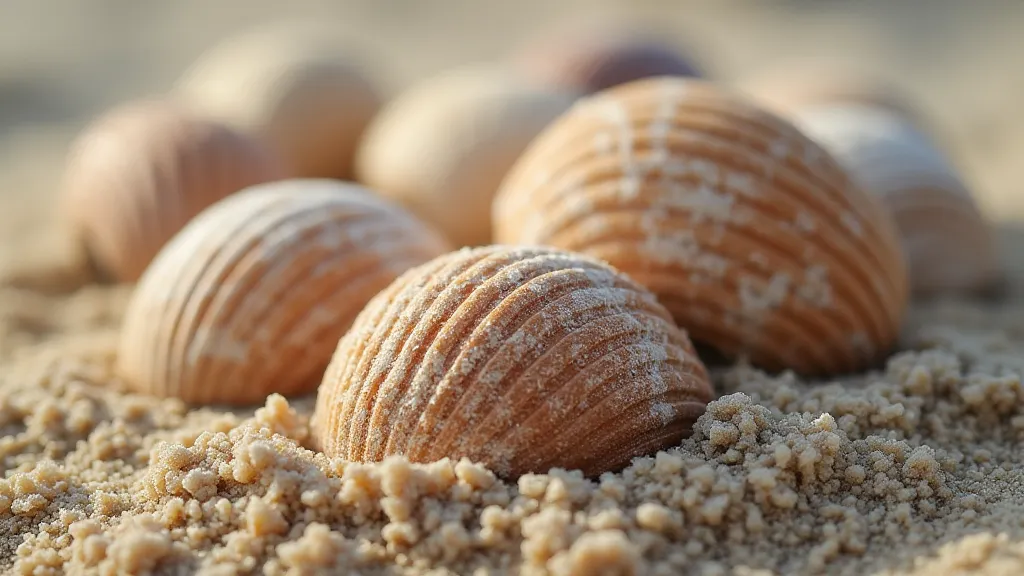
4. Camera Settings (if applicable)
If you are using a camera with adjustable settings, here are a few suggestions: For collectors focused on showcasing the rarity and condition of their finds, mastering camera settings is key. Understanding how different settings impact the final image is crucial for truly capturing the essence of your collection.
- Macro Mode: (If available) - Allows you to get close to the shells and capture fine details.
- ISO: Keep the ISO as low as possible to minimize noise.
- White Balance: Adjust the white balance to ensure accurate color representation.
- Focus: Ensure the focus is sharp on the most important part of the shell.
5. Post-Processing (Optional)
Simple adjustments in photo editing software (like your phone's built-in editor or a free program) can enhance your photos. Consider these tweaks: While showcasing the natural beauty of your vintage shells is always preferred, subtle post-processing adjustments can sometimes highlight details and improve overall impact. Remember to maintain authenticity and avoid excessive manipulation. Knowing the precise origin of your shell collection can inform the color grading you choose in post-processing, further enhancing the narrative you're conveying.
- Brightness & Contrast: Subtle adjustments can improve clarity.
- Color Correction: Ensure colors are accurate and appealing.
- Sharpening: A slight amount of sharpening can bring out details.
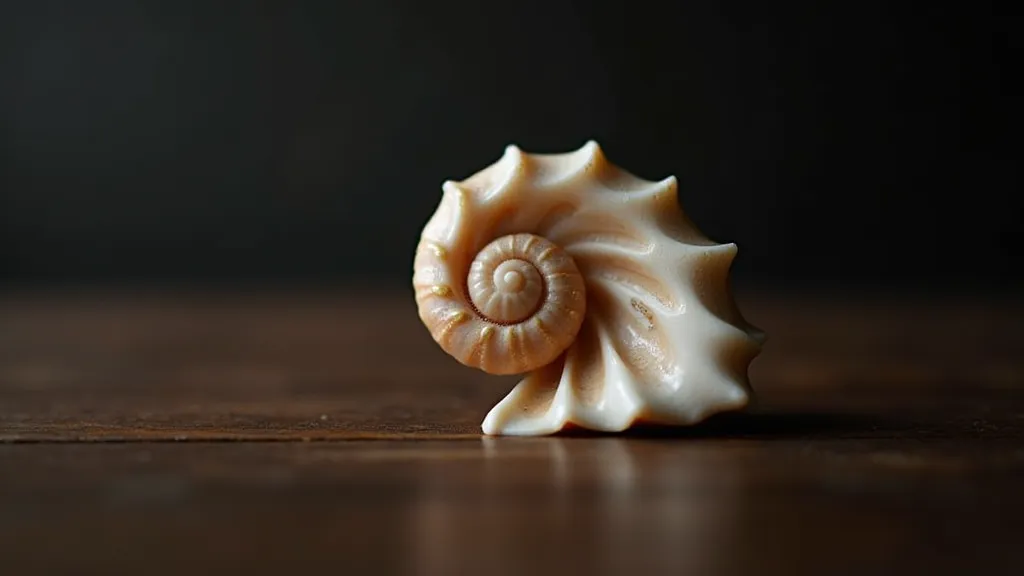
Advanced Considerations for Vintage Shell Photography
Beyond the basic principles, there are several advanced techniques that can elevate your vintage shell photography. Understanding the geographic origins of your collection can inform your photographic choices. For instance, a shell from a tropical reef might be best photographed with a background that evokes that environment, while a shell from a colder climate might benefit from a more muted, understated setting. You can explore areas of the globe that these beautiful relics come from by looking at Beyond the Beach: Understanding Shell Origins and Geographic Distribution in Vintage Collections. Furthermore, researching the geological time periods during which specific shell types thrived can add another dimension to your photographic understanding.
Storytelling Through Photography
Vintage shells are not just beautiful objects; they are windows into the past. They tell stories of ancient oceans, bygone eras, and the people who collected them. Your photography can amplify these stories. Consider incorporating props that evoke the shell's history, such as antique maps, nautical instruments, or faded photographs. Researching the shell's cultural significance in different societies can also provide valuable insights for your photography. For example, some shells were used in ancient rituals or as currency, and reflecting this history through your photography can add layers of meaning.
Metadata and Organization
For serious collectors, metadata is crucial for managing a large collection. When you photograph your shells, be sure to embed metadata into the image files. This information can include the shell's scientific name, location of origin, date of acquisition, and any other relevant details. Consistent metadata will make it much easier to search and organize your collection. Properly identifying your collection is essential. Knowing how to identify your treasures is the first step to understanding their value. Consider including details like the specific beach or coastline where the shell was found, as even subtle variations within a species can be significant.
Displaying Your Collection
Once you have a collection of stunning photographs, you'll want to share them with the world. Consider creating a website or blog to showcase your work. Social media platforms like Instagram and Pinterest are also great for reaching a wider audience. If you are selling your collection, high-quality photographs are essential for attracting buyers. Understanding and proving the origin of your collection will often increase its desirability and value. Perhaps you could create a series of photographs documenting the shell’s journey, from its discovery to its display.
Beyond the Photograph: Preserving the Narrative
The true value of a vintage shell collection extends far beyond the shells themselves. It's the stories they hold, the history they represent, and the connection they provide to the natural world. Combine your photographs with detailed descriptions, historical context, and even personal anecdotes to create a truly immersive experience for viewers. Imagine incorporating audio recordings of ocean sounds or traditional sea shanties to further enhance the sensory impact.
Conclusion
Photographing your vintage shells is a valuable practice for any collector. By following these tips, you can create a stunning visual record of your collection, preserve its history, and share its beauty with the world. Remember that a photograph is more than just an image; it's a story waiting to be told, a connection to the past, and a legacy for the future. Let your creativity flow, explore new techniques, and always strive to capture the unique essence of each shell and its place in the larger narrative of our planet's history. And when you want to delve deeper into the science and stories behind these fascinating objects, remember to check out Beyond the Beach: Understanding Shell Origins and Geographic Distribution in Vintage Collections for a richer understanding of the natural world.
